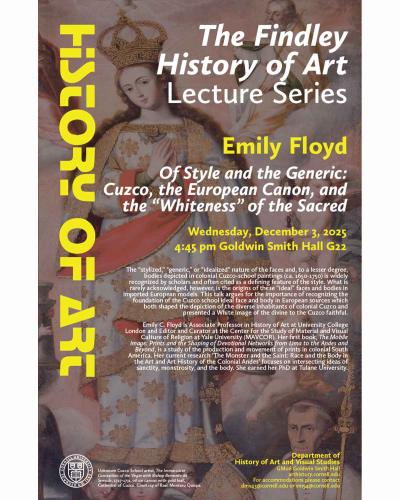
 Department Homepage
The College of Arts & Sciences
Department Homepage
The College of Arts & Sciences
Online photo collection documents African-American life
Hundreds of seldom-seen photographs documenting the journey of African-Americans from the slavery era to the 20th century are now digitized and freely accessible to students and scholars around the world.



